Tile Adhesives Explained: Which One Should You Use?
Guide - wish I had as a beginner! 🙂

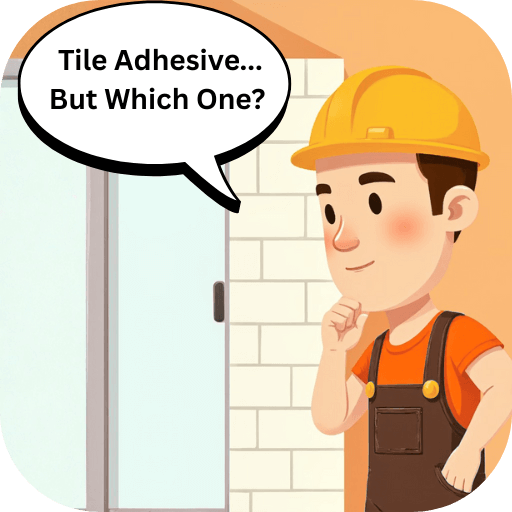
1. Pre Mixed Adhesives
Ready mixed adhesives are easy to use straight from the tub — no mixing needed.
They’re ideal for ceramic wall tiles in dry or light moisture areas, such as above kitchen counters or bathroom walls.
| Ready-Mixed Adhesives | Pros | Cons |
|---|---|---|
| Pre-mixed, easy to use straight from the tub | ✅ No mixing or mess ✅ Easy for small jobs and DIY ✅ Smooth, consistent texture |
⚠️ Not suitable for large tiles or floors ⚠️ Slower drying behind non porous tiles |
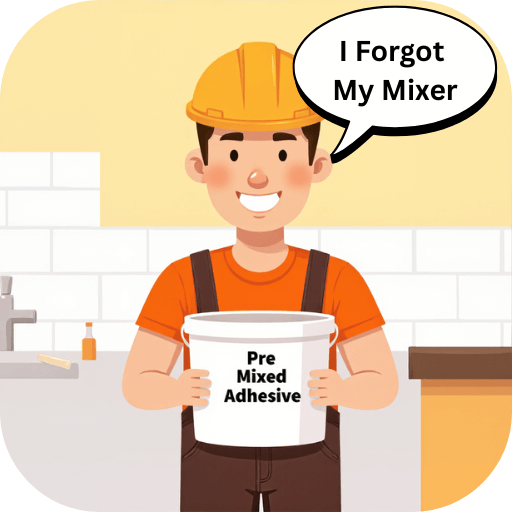
2. Cement Based Adhesives "Grey"
Powdered adhesives come in bags and must be mixed with water.
They dry through a chemical reaction, not air, making them ideal for porcelain, stone, and underfloor heating systems.
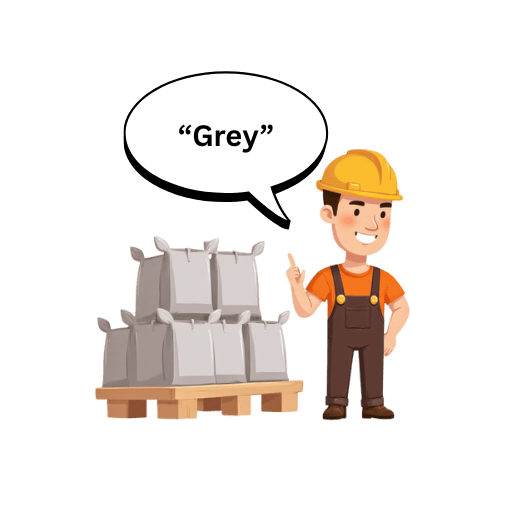
| Powdered Adhesives (Cement-Based) | Pros | Cons |
|---|---|---|
| Requires mixing with water; ideal for floors, large tiles, and high-moisture areas | ✅ Strong bond for heavy tiles and high-traffic areas ✅ Suitable for walls and floors ✅ Can handle water, heat, and movement |
⚠️ Needs mixing before use ⚠️ Short working time once mixed |
3. Flexible Adhesives "White"
Powdered adhesives come in bags and must be mixed with water.
They dry through a chemical reaction, not air, making them ideal for porcelain, stone, and underfloor heating.
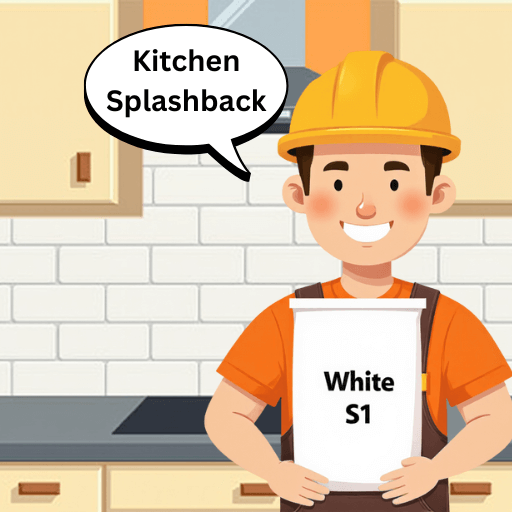
| Flexible Adhesives | Pros | Cons |
|---|---|---|
| Slightly Flexible (S1) & Highly Flexible (S2) | ✅ Absorbs substrate movement ✅ Reduces cracking ✅ Suitable for floors, walls, and large tiles |
⚠️ Usually more expensive ⚠️ Requires correct substrate preparation ⚠️ Longer curing time |
| Fast Setting / Extended Open Time Variants (C2F / C2TE) | ✅ Quick application ✅ Easier repositioning of large tiles |
⚠️ Short working time for fast-set types ⚠️ Needs precise mixing |
| Epoxy-Modified Flexible Adhesives | ✅ Waterproof & chemical resistant ✅ Excellent for wet areas |
⚠️ Very expensive ⚠️ More difficult to apply |
4. Epoxy "Two part"
Ready mixed adhesives are easy to use straight from the tub — no mixing needed.
They’re ideal for ceramic wall tiles in dry or light moisture areas, such as above kitchen counters or bathroom walls.

| Type | Flexibility | Best Use | Pros | Cons |
|---|---|---|---|---|
| Standard Epoxy (Resin & Hardener) | Rigid | Pools, industrial floors | ✅ Waterproof ✅ Chemical-resistant ✅ Very strong bond |
⚠️ Expensive ⚠️ Difficult to apply |
| Flexible Epoxy | Slightly flexible | Wood floors, underfloor heating | ✅ Reduces cracking risk ✅ Maintains epoxy strength |
⚠️ More costly than cement-based adhesives |
| Epoxy Cement Modified | Slightly flexible | Walls, splashbacks | ✅ Easier to apply than pure epoxy ✅ Waterproof |
⚠️ Less chemical-resistant ⚠️ Weaker than pure epoxy |
Why Epoxy Are More Difficult To Apply?
Most epoxy adhesives come in two components: resin and hardener. With that once mixed you need to lay tiles more quickly.
5. Summary table - What you actually be using 95% of the time?
There is a lot of content above let’s simplify it.
| Adhesive Type | Best Application / Use |
|---|---|
| Powdered (Cement-Based) Adhesives "Grey" | Standard floor and wall tiles in kitchens, bathrooms, and living areas; suitable for most ceramic and porcelain tiles [Work Time 2 hours] |
| Flexible Adhesives (S1) "White" | Medium flexibility for areas with slight floor movement; large format tiles and natural stone [Work Time 2-3 hours] |
| Flexible Adhesives (S2) "White" | High flexibility for floors and walls prone to movement, thermal expansion, or heavy tiles; ideal for heated floors [Work Time 3-4 hours] |
| Two-Part Epoxy Adhesives | Heavy-duty, waterproof, and chemical-resistant applications; pools, wet rooms, commercial kitchens, industrial floors [Work Time 30-60 min] |
Happy Tiling!
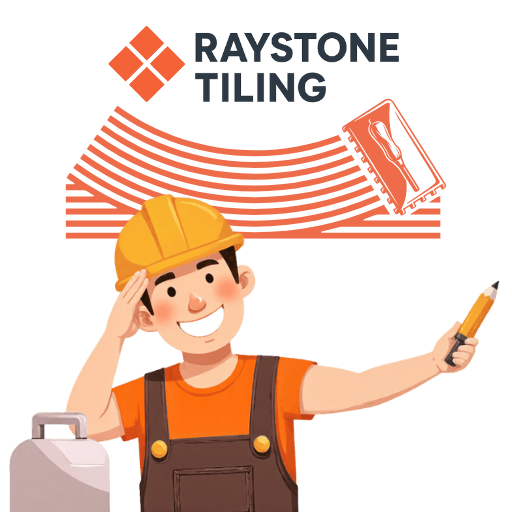
Frequently Asked Questions — adhesives
When should I use flexible adhesives instead of standard cement-based adhesives?
S2 adhesive: Highly resistant to deformations (like in new constriction when the walls are slightly moving or with new wooden floors that are expanding and shrinking overtime). Cement “Grey” adhesive is just cheaper.
When should I use S1 and S2 adhesive?
- S1: Can accommodate minor movement without cracking where S2 is better at that.
- You use S2 instead of S1 when you want to have more time to lay the tiles.
What is the best adhesive for tile-over-tile installation?
With tile over tile you should go for flexible adhesives but if you are doing tile over tile in wet rooms, showers etc. go for epoxy adhesive.
What is the cost of different tile adhesives?
Pre Mixed Adhesive – £20 – [5 kg]
Powdered (Cement-Based) “Gray” – £13 – [20kg bag]
Flexible S1 “White”- £22 – [20kg bag]
Epoxy “Two part”- +£60 [10kg]
Depends on your UK location and your discounts if you are have a company.
What adhesive do you use for teaching tiling?
Most training centres use Slow Setting Cement Based – “E” or “S1E”
Where “E” is the extended time.
Also, look for labels: “Extended setting”, “Extra slow drying”, “Extended Open Time”
They are all great for training by giving you time.
Need a Quote?
Professional tiling services in — Tamworth, Lichfield, Sutton Coldfield, Nuneaton. New kitchens splashbacks, bathrooms & floor.
Friendly advice and no-obligation quotes.

